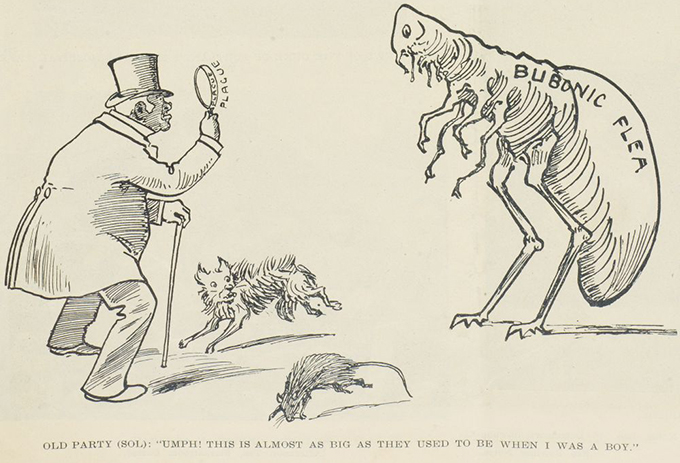As part of a Valley Profile series, MEGHAN HAWKES searches through old newspapers to bring you the stories Thames Valley locals once read about themselves.
1892
The ‘Black Death’ (Bubonic plague) was possibly on its way to Paeroa.
A resident warned that it was rampant in Europe and parts of Asia and it was all very well to sit and read reports calmly, but the world was like a “ball of soap being washed smaller in the hands of time.” Vessels came direct to New Zealand from Europe and how easy it would be for the Black Death, thought to be carried by fleas on rats, to come with them.
It was a wonder that some epidemic had not already visited Paeroa considering the state of its sanitation. Situated at the bottom of a gully, the town’s water wells were perilously near cesspits, and the river was rapidly becoming a sewer.
The Waihī Gold mining Company’s battery was lit with electric light for the first time. The apparatus worked smoothly and the light was a vast improvement on the old candle power. Building at Waihī was in full swing, carpenters were in demand, and the hammer and saw could be heard up to nine or ten o’clock most evenings. Bradley’s new stable was quite an ornament to the township, and when lit up in the evenings on the arrival of the late coaches, it gave the town quite a lively and business-like appearance.
The Minister of Lands inspected the Piako swamp with a view to having it drained for settlement. A large portion of it had been acquired by the Government but local feeling was that the Minister took it for granted that the soil was similar to the swamps in the South Island, only requiring to be properly drained to be converted into rich and fertile country capable of producing heavy crops.
The Piako swamps however consisted of peat, from fifteen to forty feet deep, and even when the upper ten or fifteen feet were drained, the soil sunk to such an extent that the fall for the water was lost and nothing more could be done. Vast sums of money had been thrown at reclaiming other swamps with notoriously disastrous results. Visitors to Te Aroha, travelling across the country by train, were familiar with the brown bare surface of the peat, growing nothing but moss, and apparently incapable of ever carrying anything else.
If the government really contemplated draining the Piako Swamps, the most searching inquiry must be made before Parliament was induced to devote a sum of public money to an undertaking which had been attempted by the largest capitalists in Auckland with such disappointing results.
At Thames Mr Quigley, while digging a hole at the corner of Albert and Queen Streets for a telephone pole, uncovered a Māori spade made out of puriri wood. It was embedded in the sand at a depth of seven feet and had evidently lain there for a number of years. The wood was in good condition but unfortunately the handle was broken in taking it out.




